The 16 Best Mirin Substitutes for Cooking
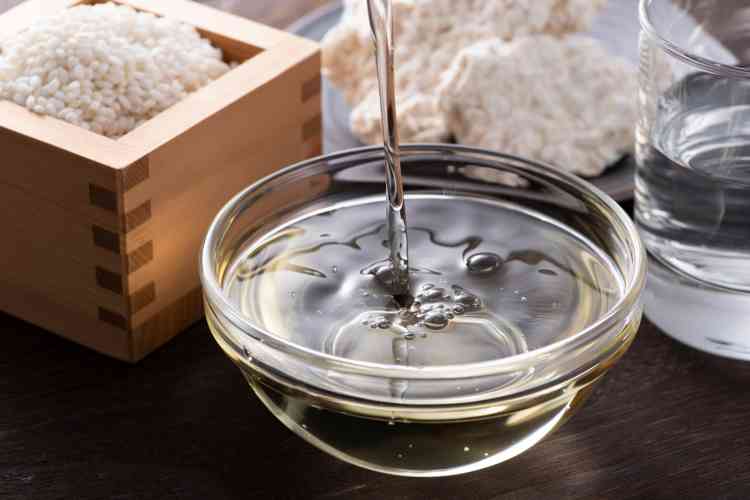
Many Asian recipes often call for mirin and as with many specialized ingredients, there are plenty of options for a mirin substitute if you don’t have it in your pantry. Not familiar with mirin? It's a rice wine frequently found in Asian cuisine, adding depth to dishes like teriyaki sauce and gyoza dipping sauces. Finding a suitable mirin substitute in a pinch ensures you won’t miss out on any of the rich flavors that come with a good Asian dish.
Is mirin the same thing as tamari? Can I just skip mirin if I don’t have any or should I take a chance with a mirin substitute? When craving the distinctive notes of Chinese or Japanese cuisine, it’s important to make sure you know which components are essential to achieving the taste you expect. Mirin is a subtle yet crucial ingredient you’ll not want to forego when preparing Asian food at home.
Jump to Section
Purpose of Mirin in Cooking
In Asian cuisine, many exotic ingredients contribute to delivering the distinctive flavors of popular dishes. Soy sauce typically replaces salt, while a dash of sesame oil is the secret to getting the signature aromatic nutty aroma that Asian dishes are known for. But what about mirin? Is it important enough that you should use a mirin substitute if you don’t have any?
Mirin is a Japanese rice wine that adds a subtle but key umami depth to your favorite Asian dishes. While recipes typically require only a small amount, it’s better to use a substitute for mirin than to skip it altogether if you don’t have any in your pantry. If you are a fan of ponzu sauce, you may be surprised to know that mirin is the key ingredient that gives this sauce its punchy flavor. Likewise, in recipes like miso glazed salmon, mirin works in concert with soy sauce to create complexity and depth.
If you're keen on delving deeper into Asian cuisine, consider enrolling in cooking classes near you or online cooking classes to learn more about this ingredient. As with many exotic foods that call for a longer list of ingredients, the sum of the parts is integral to the final result.
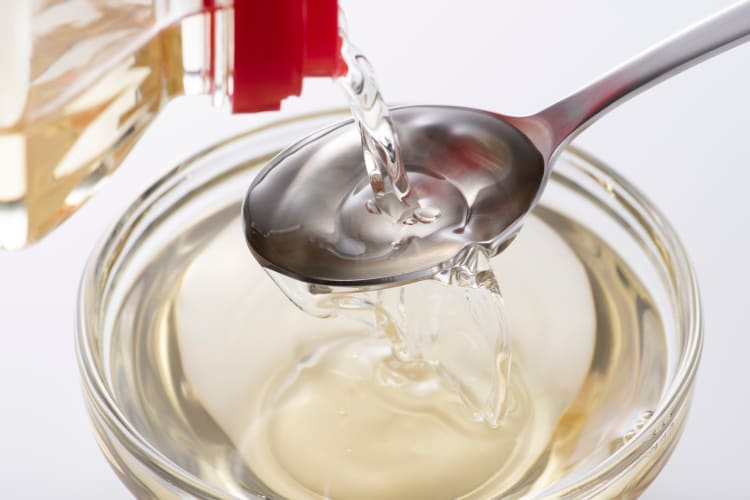
16 Substitutes for Mirin in Cooking
Mirin is readily available in most grocery stores so perhaps you won’t need a mirin substitute. It is typically on the shelf near soy sauce and tamari and it’s sometimes labeled as “aji-mirin”. Don’t confuse mirin with tamari — tamari is more like a soy sauce than a wine.
Rice vinegar is another ingredient commonly used in Asian cooking that you might already have in your kitchen, but it’s not the same thing as mirin. Mirin is a wine, so the mirin substitutes that align more closely are wines rather than vinegar.
When cooking Asian food at home, it can be discouraging to have to buy several bottles of individual ingredients when you only need a splash of this and a dash of that. If your recipe calls for mirin and you don’t want to splurge on a whole bottle, try these mirin sauce substitutes instead.
1. Dry White Wine
Mirin is a Japanese rice wine used in cooking applications. It’s a clear liquid with a slight amber hue. If your recipe calls for a splash of mirin and you don’t have any, dry white wine is a good mirin substitute because it provides just a hint of depth and the zing of alcohol. Consider adding a teaspoon of sugar for each tablespoon of dry white wine to balance out the sweetness. You could also try a sweeter white wine as a mirin substitute.

2. Sweet Rice Wine Vinegar
Rice wine vinegar is a common and popular ingredient in Asian cooking, adding a lively zing to dishes like Asian slaw and salads. While mirin is a wine and not a vinegar, they are both made from fermented rice so rice wine vinegar is an acceptable mirin substitute. As with dry white wine, you may want to add a teaspoon of sugar if you are using rice vinegar as a mirin substitute.
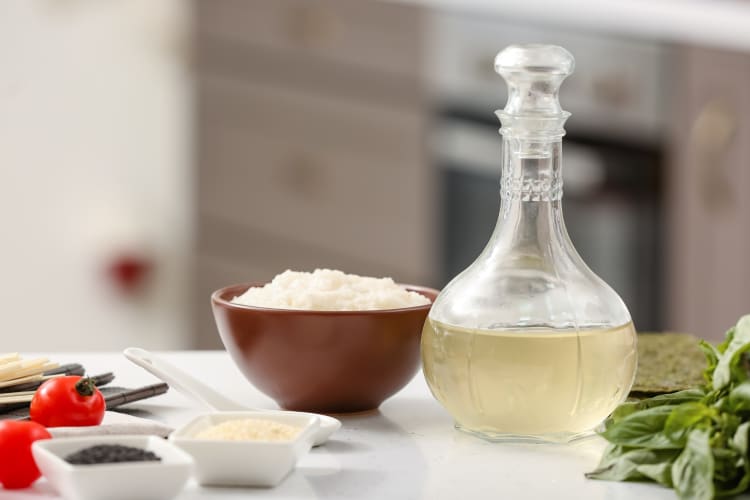
3. Sugar or Honey
When a recipe calls for mirin, the purpose is to add a touch of sweetness in addition to an umami layer. Depending on how much is needed, sugar or honey may be good mirin substitutes. Use this substitute only when the amount called for is very small (a couple of teaspoons or less) or you may end up with too much sweetness.
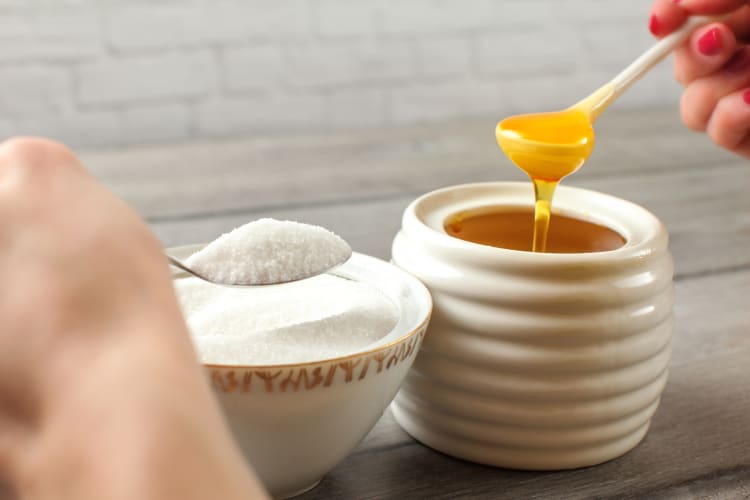
4. Japanese Rice Wine
Japanese rice wine, also known as sweet rice wine, is almost identical to mirin, making it an ideal substitute for mirin sauce. Japanese rice wine has a slightly higher alcohol content than mirin, but the difference is indistinguishable in recipes.
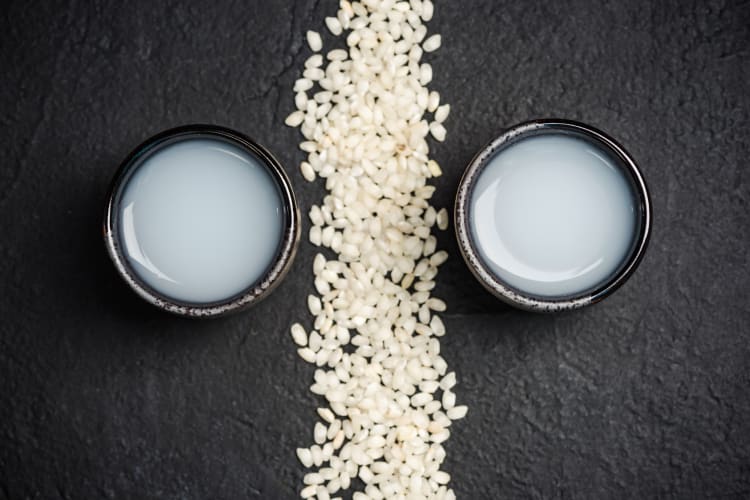
5. Dry Sherry
While cooking sherry is used more commonly in Italian and French cuisine, it serves a similar purpose to mirin in recipes. Because it’s a form of wine, dry sherry makes a great mirin substitute if you already have some at home.
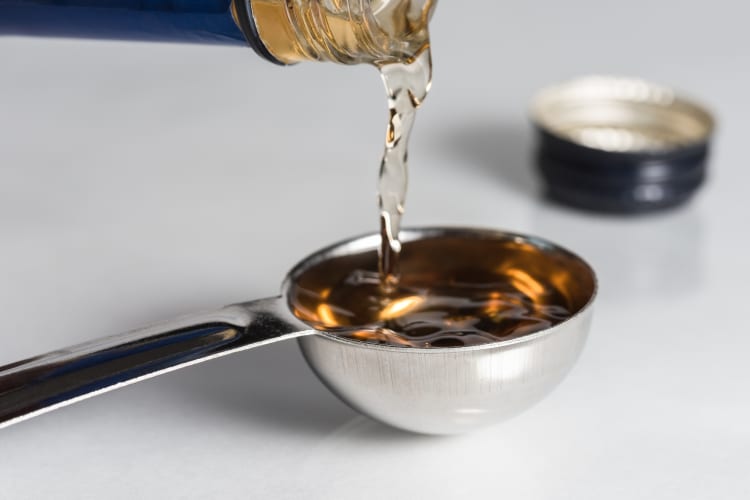
6. White Grape Juice
If you need a mirin substitute and don’t have any of the more obvious items on hand, consider using white grape juice. Since wine is made from grapes, using grape juice is a reasonable option if you don’t have rice wine.
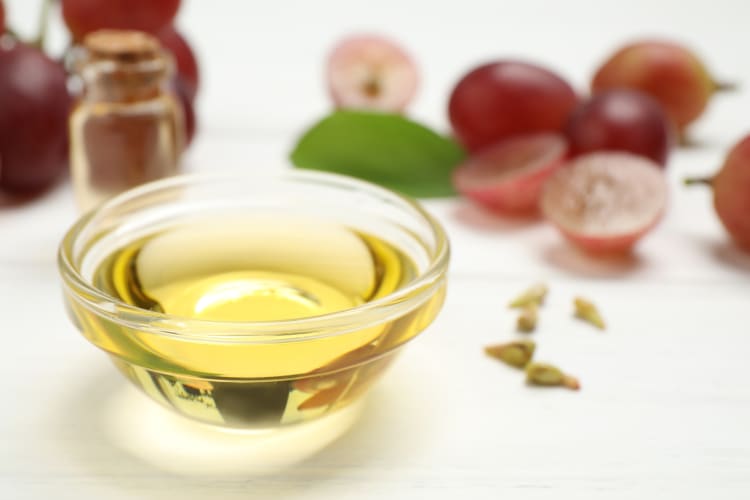
7. Sweet Marsala Wine
Sweet Marsala wine is the key ingredient in chicken Marsala, a popular Italian dish with a signature tangy flavor. It provides the same complexity to an Italian dish that mirin brings to Asian food, making it a good choice as a mirin substitute.

8. Sake
You probably think of sake as the sweet rice wine you sip with your sushi, not a cooking ingredient. But sake is essentially a rice wine, and very similar to mirin. Sake will be drier and have a higher alcohol content, but it still makes a great mirin substitute. Since you’ll likely only use a splash for your recipe, you’ll have plenty left over to serve with your dish.
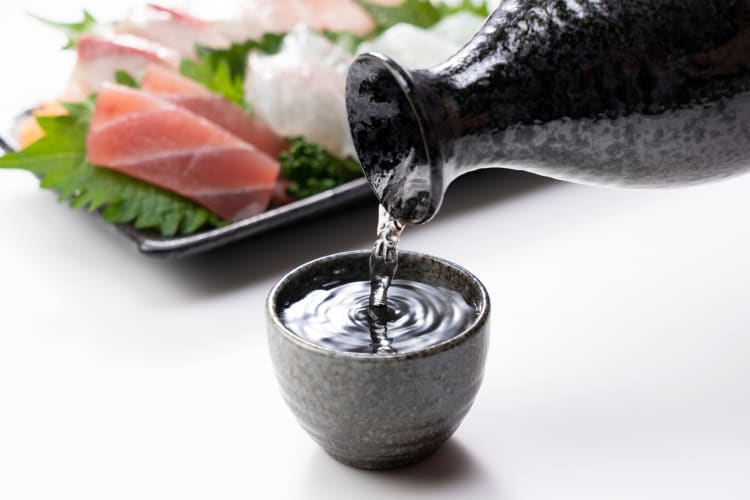
9. Aji Mirin
Aji mirin, translated as “almost mirin” in English, is a product akin to a blended wine rather than a specific grape variety. If your grocery doesn’t carry straight mirin, this is the next best option to use as a mirin sauce substitute.
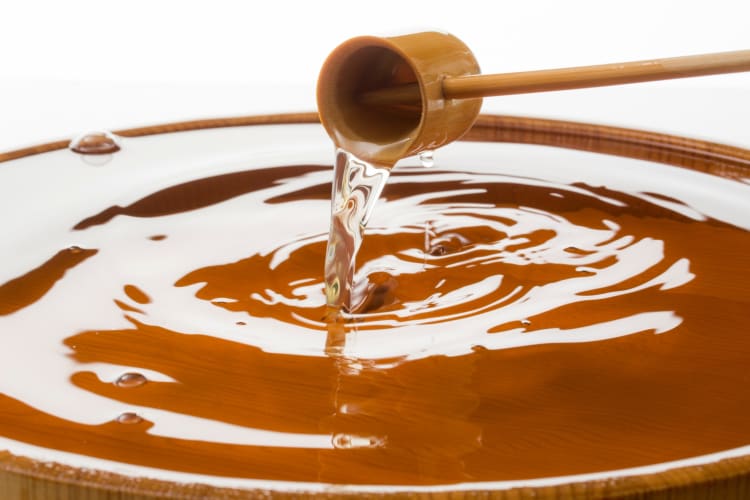
10. Vermouth
Vermouth is a common ingredient in craft cocktails, so you may have this in your home bar. Vermouth can either be dry or sweet, but if you want to use this as a mirin substitute, the sweeter one is your best bet. This is another time where a little extra sugar may be needed to mimic mirin.

11. Chinese Cooking Wine
Chinese cooking wine, known as Chinese Shaoxing, is another viable mirin substitute. Similar to dry sherry or Marsala wine, Chinese Shaoxing is primarily used for cooking rather than cocktails. It’s less widely available than mirin but if you happen to have a bottle, it’s a good choice as a mirin substitute.
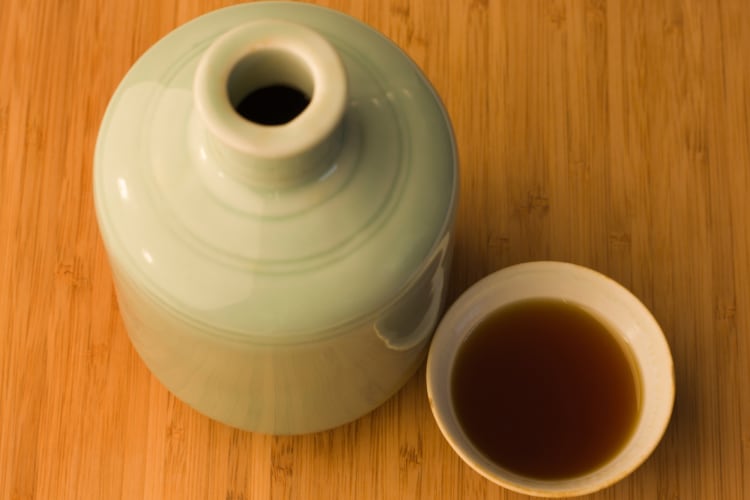
12. White Wine Vinegar
While white wine vinegar can serve as a mirin substitute, it's a bit of a stretch. To mimic mirin's sweetness and depth you'll need to add a teaspoon of sugar for every tablespoon used. Despite this adjustment, white wine vinegar can still offer a tangy acidity that complements certain dishes.

13. Apple Cider Vinegar
The good news about using apple cider vinegar as a mirin substitute is its inherent sweetness, which means you won’t likely need to add sugar.t However, it’s best to use this mirin sauce substitute sparingly so that it doesn’t overwhelm your dish.
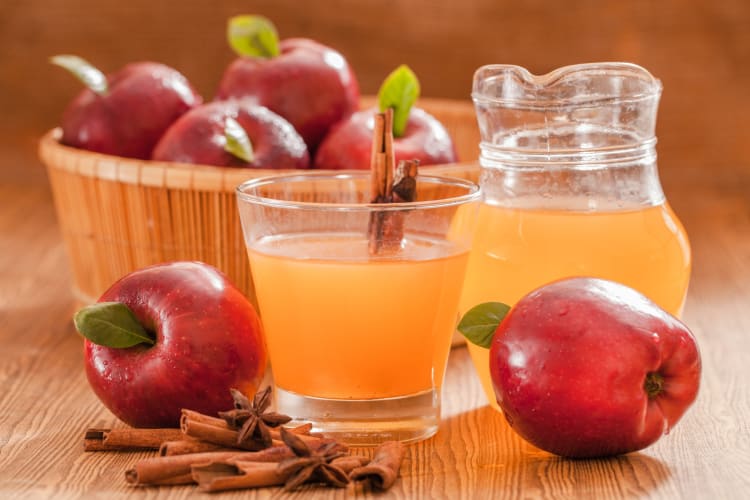
14. Agave Nectar and Water
If your pantry just doesn’t include the cooking wines or kinds of vinegar listed above, then your best bet for a mirin substitute is agave nectar and water. Agave is a natural sweetener similar to honey or maple syrup but lighter in flavor. It’s a bit syrupy, so make sure to mix it with enough water to thin it out before adding it to your dish.
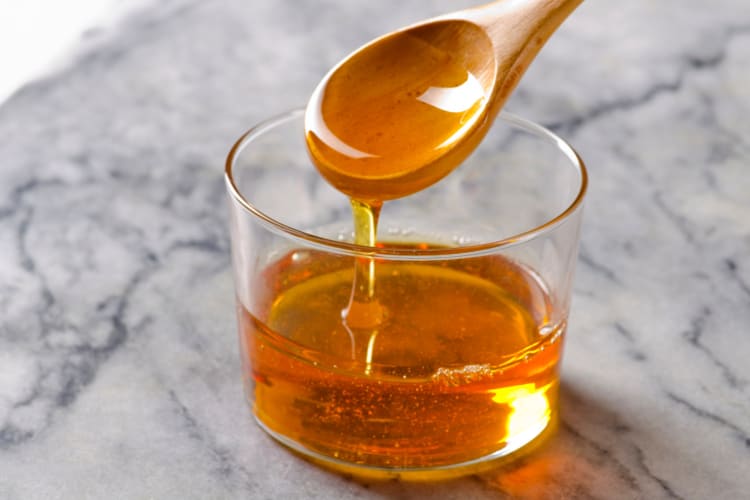
15. Kombucha
Simple kombucha, brewed from black or green tea, makes a fine mirin substitute. While fruity varieties may not suit savory Japanese dishes, ginger-infused kombucha can serve as an alternative. Just like mirin, it adds a zing of sweetness and acidity to your dish. But be prepared for a lively fizziness, as this drink is bubbly.
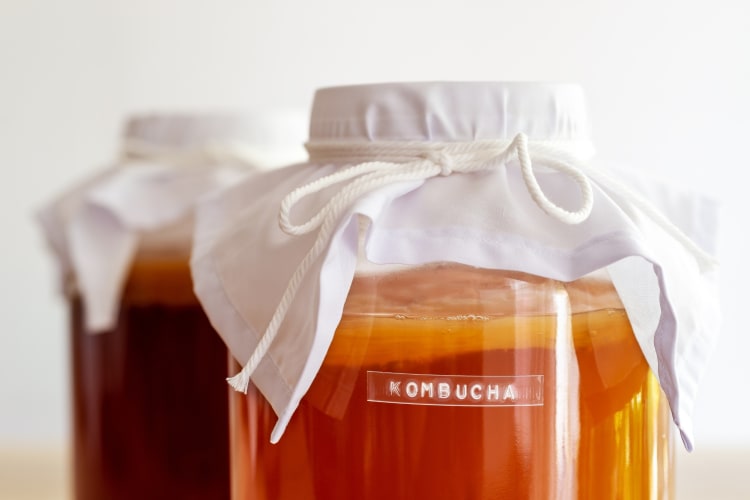
16. Homemade Mirin
If you make Asian dishes frequently and are already sold on the value of having mirin in your recipes, you might consider making your own at home.
To make homemade mirin, gather 5 tablespoons of sugar, preferably organic cane sugar, along with half a cup of sake and 1 and a half teaspoons of pure cane syrup. In a very small saucepan, like a butter warmer or melter, combine these ingredients. Place the saucepan over medium heat and bring the mixture to a boil, ensuring the sugar dissolves completely with occasional stirring. Once boiled, remove the saucepan from the heat and let it cool. This tutorial provides instructions for making mirin, but it’s probably easier to use a substitute than to try this yourself.
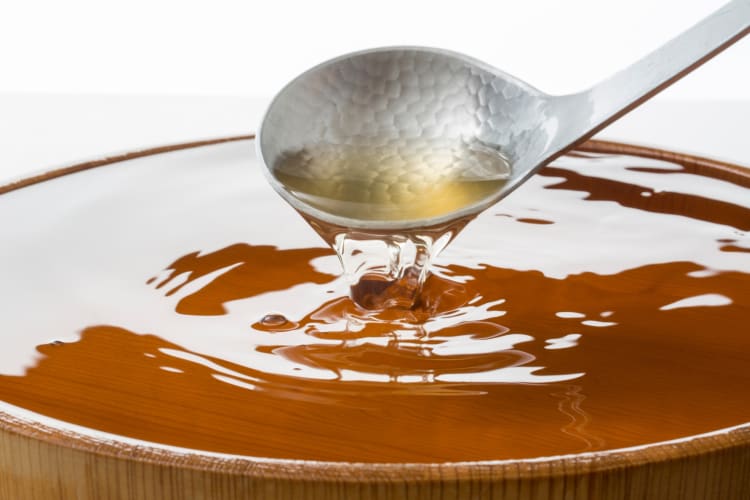
Surprisingly, there are quite a few choices when it comes to mirin substitutes and many are items you may already have on hand. While substituting ingredients is sometimes necessary, if you’re making a dish for the first time and it calls for mirin, it’s probably best to hunt down the real thing instead of taking a chance on an imposter.
For even more ways to explore your favorite foods, check out other experiences happening on Cozymeal.



FOOD FOR THOUGHT?
Join the conversation.